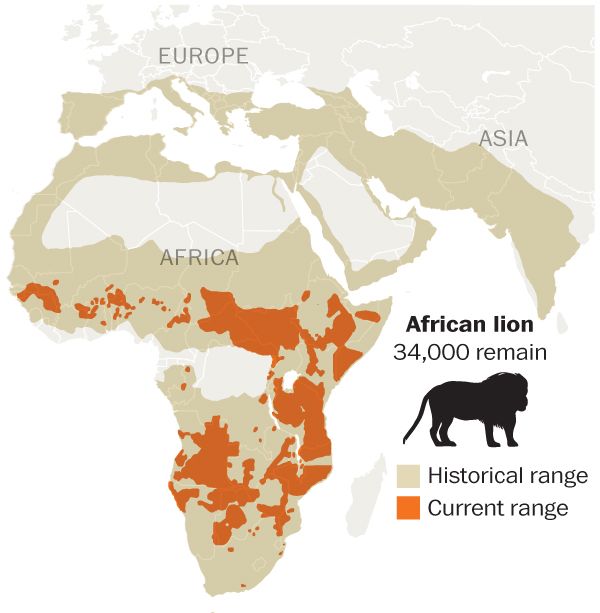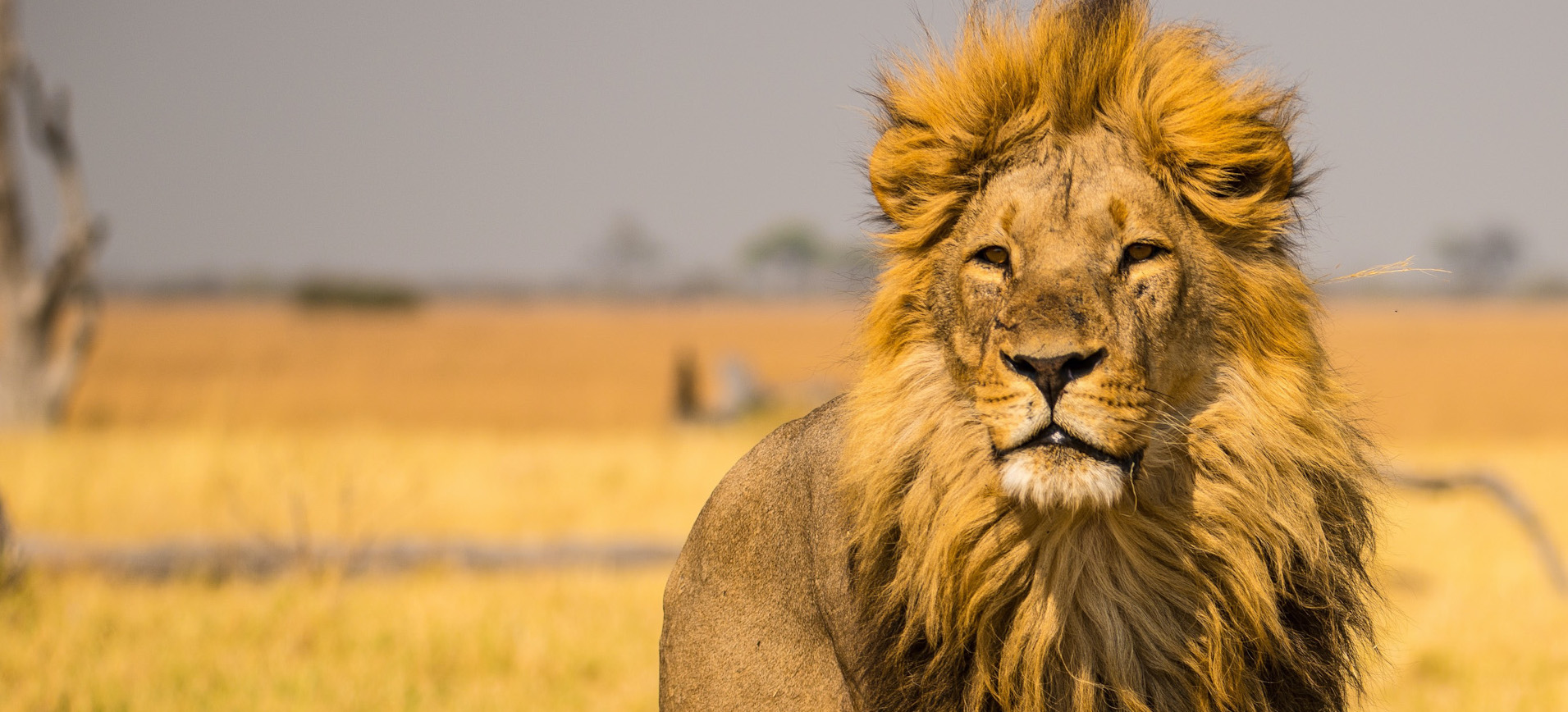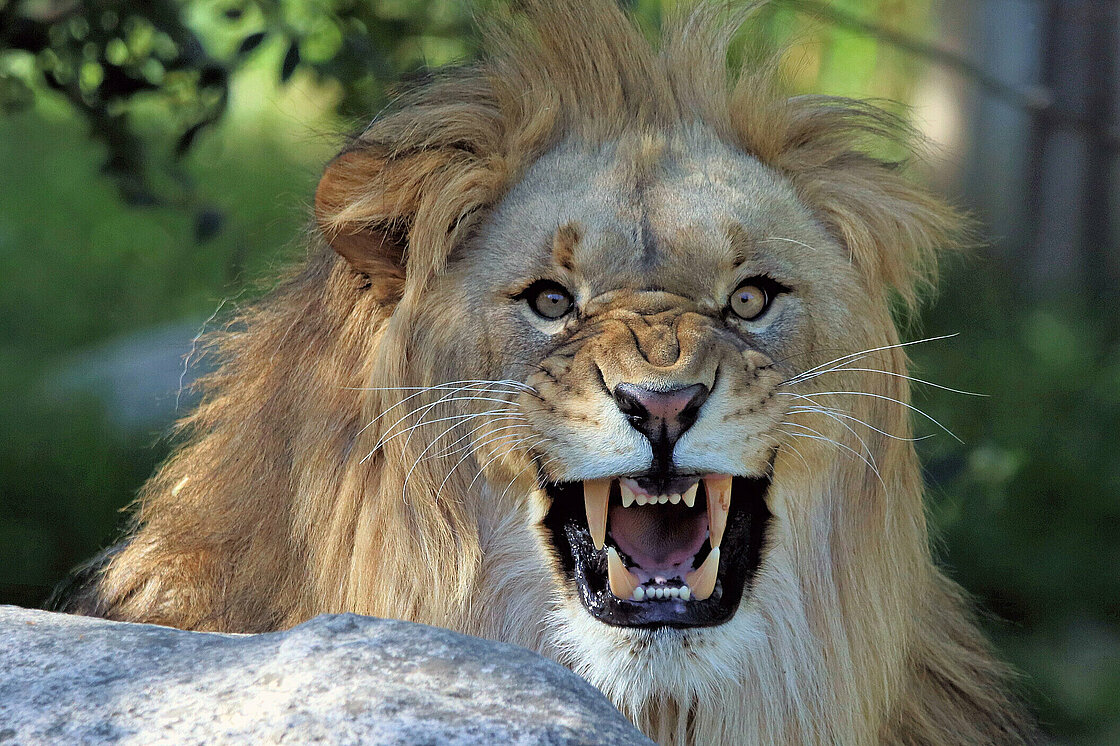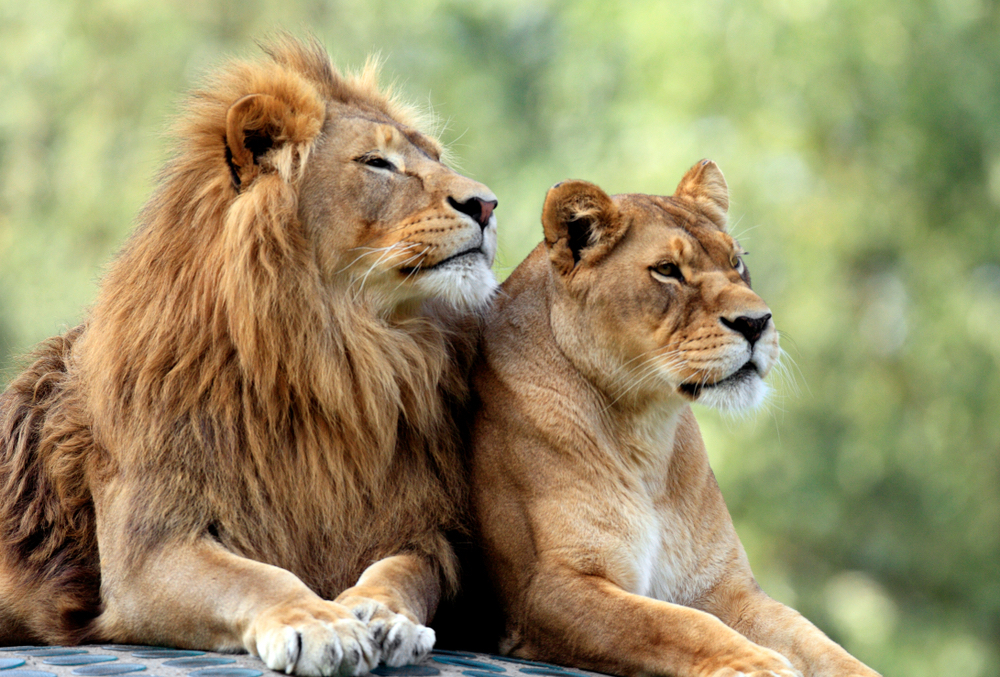STATUS
Near Threatened


During the past decade, lion populations have declined by about 30 percent. Currently, an estimated 30,000 lions remain in the wild.
More than 10,000 years ago, lions thrived from North and South America to Europe, Africa and Asia. Today, following climatic changes and after centuries of hunting and habitat degradation by people, lions live primarily in scattered habitats across Africa - with the exception of the Gir Forest lions, which live in a national park in northwest India.
Within these areas, lions still face dangers, including habitat loss, poisoning and hunting. Many have died from diseases such as distemper, which is spread by domestic dogs from villages near natural habitat. To prevent lions from becoming as rare as tigers, large expanses of habitat must be carefully protected. In disease-ridden areas, ranging dogs must be kept away from lions or immunized.
Meanwhile, the isolated Gir Forest lions suffer from inbreeding, a limited habitat and frequent conflicts with people. This critically endangered population consists of only about 250 lions. Though slowly growing, this population is threatened by infrastructure development and needs additional reserves to grow.Lions share their habitat with many different animals.
By saving lion habitat, other species are also protected, including hyena, wildebeest, plains zebra and chital.

STATUS
Near Threatened

SCIENTIFIC NAME
Panthera leo

POPULATION
23,000-39,000

LENGTH
10 feet (3 meters)

WEIGHT
330 to 550 pounds (150 to 250 kilograms)

HABITAT
GRASSLANDS

Lions play a key role in the food chain by helping to control the herbivore population. If the herbivore population is not regulated, the increase of competition among them would cause some to go extinct and thus reduce biodiversity.
The lions have a reputation of being the "chief" predator of their habitat as they are known to even kill large herbivores such as elephants and giraffes.
The main threats are retaliatory or preemptive killing to protect people and livestock, and decreasing natural prey and habitat (for example, due to expanding human settlements and therefore less available grazing).
There are thought to be as few as 30,000 lions left in the wild. When you think there are around 415,000 wild African elephants, you realise lion numbers are incredibly low. In fact, lions have disappeared from over 90% of their historical range.
Nearly all wild lions live in Africa, below the Sahara Desert, but one small population exists around Gir Forest National Park in western India. Lions in west and central Africa are more closely related to these Asiatic lions in India, than to those found in southern and east Africa.




